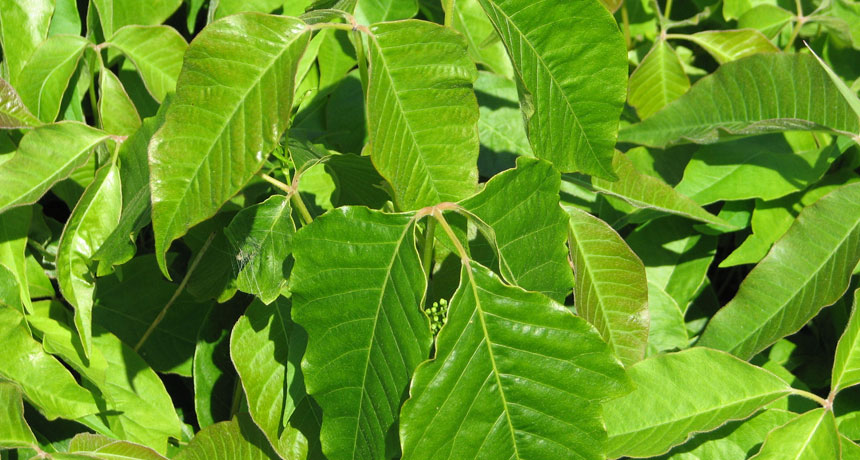Scientists Say: Urushiol
This is the oil that gives poison ivy its itch

Leaves of three? Let it be! It’s the rhyme that warns people not to touch plants that contain urushiol, such as poison ivy. This oily compound can make your skin itch.
D. Gordon E. Robertson/Wikimedia Commons







